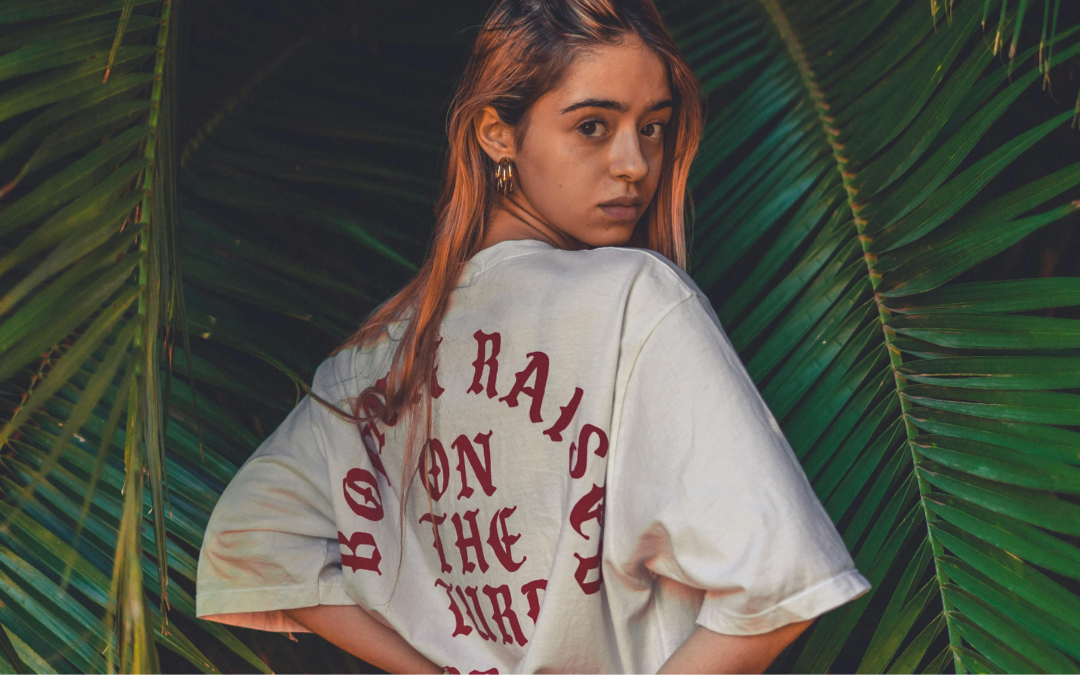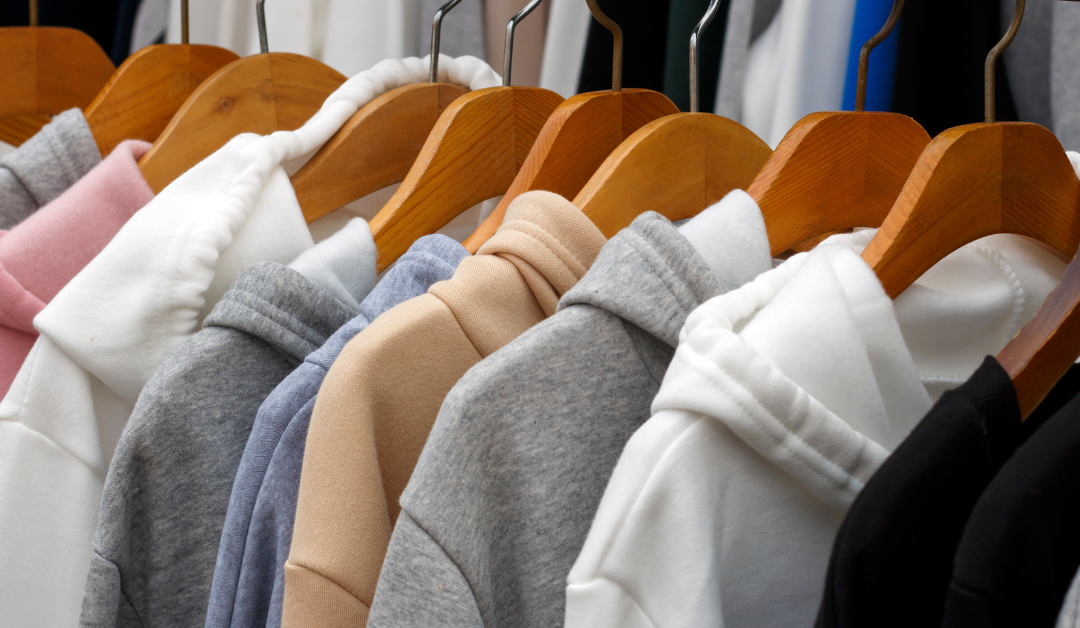Polyester fabric vs Cotton: Which is better?
Direct-to-film (DTF) transfers are quickly becoming a favorite printing method in the apparel industry, and for good reason. Whether you’re printing on both cotton or polyester, DTF offers unmatched color vibrancy, durability, and versatility.
But when choosing the best fabric for your business, a debate arises that’s as old as textile printing itself—polyester fabric vs. cotton.
What’s the best fit for your DTF transfers? And how do you make the right choice for your customers?
This guide will walk you through the key differences, benefits, and challenges of using polyester and cotton fabrics for DTF printing while introducing you to Limitless Transfers, the go-to platform for apparel businesses looking for premium printing solutions.
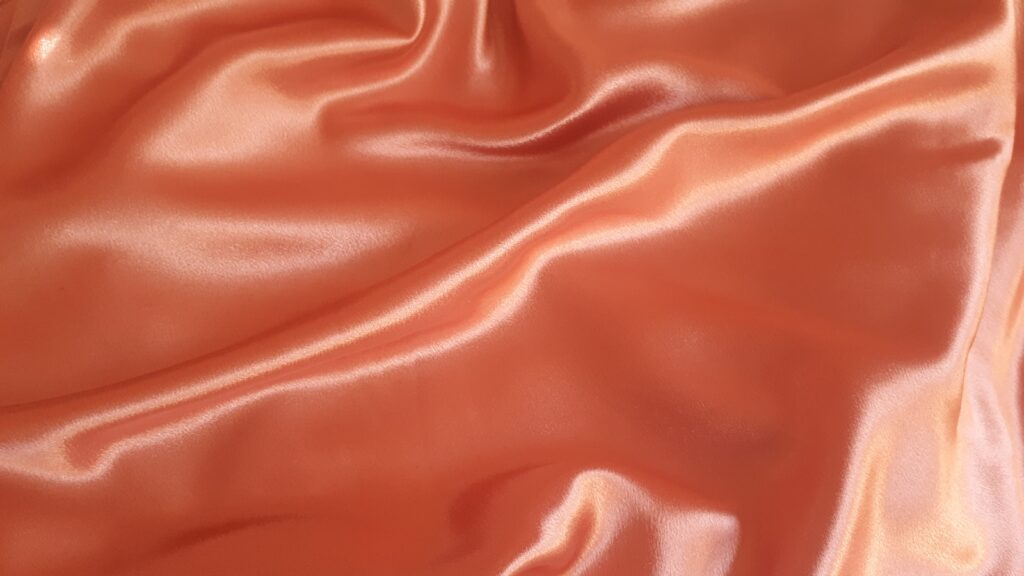
Polyester Fabric Demystified
What Is Polyester?
Polyester is a synthetic fiber derived primarily from petroleum-based products, with polyethylene terephthalate (PET) being the main component. Polyester fibers, often blended with cotton fibers, contribute to fabric properties like durability, elasticity, and moisture resistance.
Its man-made composition allows for tailor-made properties like durability and moisture resistance, making it ideal for activewear, uniforms, and polyester clothing.
Key Characteristics of Polyester
- Durability: Polyester is resistant to wear, tear, and stretching, which makes it incredibly long-lasting. Clothing made from pure polyester, however, can feel sweaty and lacks moisture absorption, making it less suitable for warmer weather.
- Moisture-Wicking: This fabric doesn’t absorb moisture but instead repels it, making it perfect for activities that involve sweat.
- Wrinkle Resistance: Thanks to its synthetic fibers, polyester maintains its shape well and doesn’t wrinkle easily.
- Lightweight and Smooth: Despite its durability, polyester is lightweight. This makes it a comfortable option for activewear and outdoor gear.
Why Polyester Works for DTF Transfers
Polyester’s smooth surface and non-porous composition make it an excellent canvas for DTF printing. Fine details and vibrant colors pop against polyester fabric, ensuring the clarity of your designs.
Additionally, polyester resists shrinkage and maintains its shape after multiple washes, preserving the integrity of your prints over time.
The Rise of Recycled Polyester
For environmentally-conscious apparel businesses, recycled polyester offers a sustainable alternative.
Made from post-consumer waste like PET bottles, recycled polyester minimizes environmental impact while retaining the benefits of traditional synthetic fabrics.

Cotton Fabric At a Glance
What Is Cotton?
Cotton is a natural fiber harvested from the cotton plant’s seed pods.
Renowned for its softness and breathability, cotton has been a staple fabric in the textile industry for centuries, offering versatility, comfort, and unique aesthetic qualities.
Key Characteristics of Cotton
- Softness: Cotton feels super soft and smooth against sensitive skin. Cotton is a prime example of natural fibers, harvested from cotton plants, which contribute to its softness and comfort.
- Breathability: Thanks to its small holes and weave, cotton promotes airflow, keeping wearers cool and fresh.
- Absorbency: Cotton is highly absorbent, which makes it great for casual wear and kids’ clothing.
- Eco-Friendly Options: Organic cotton reduces the use of harmful chemicals, making it a good choice for sustainable clothing lines.
Why Cotton Excels in DTF Transfers
Cotton fibers are soft and porous, allowing inks from DTF transfers to bind effectively. The result? Beautiful prints with smooth gradients and rich colors.
Its breathability and skin-friendliness make cotton an attractive choice for t-shirts, hoodies, and everyday clothing.
Challenges of Cotton
However, cotton fabric has its drawbacks. Shrinkage after washing must be accounted for, especially for fitted apparel. Additionally, exposure to UV rays and regular washing can cause colors to fade more quickly compared to polyester.
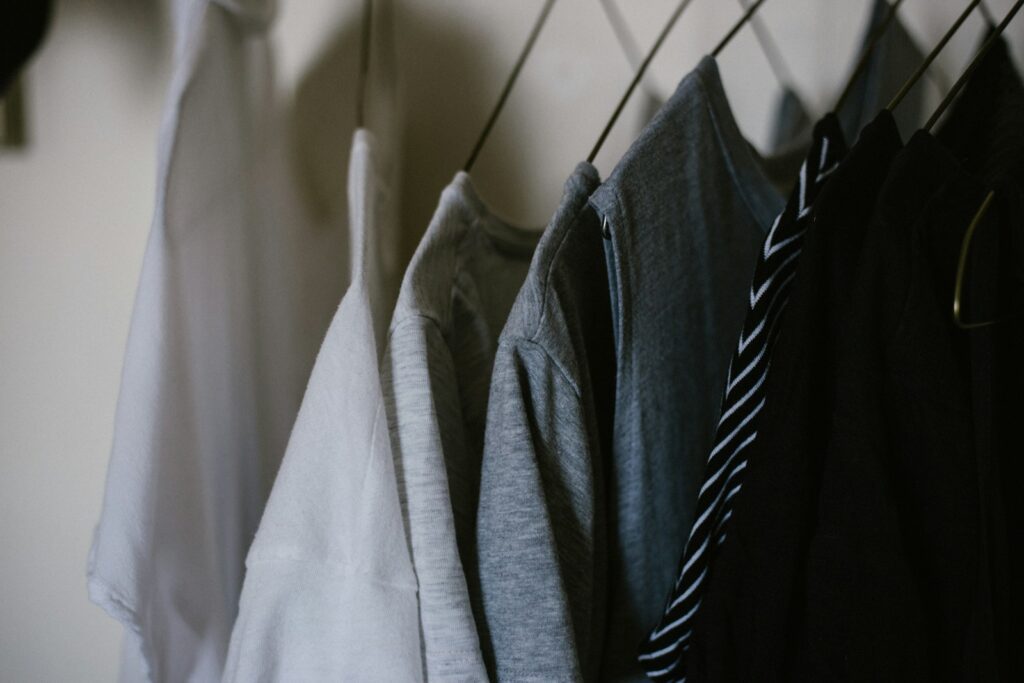
Polyester Fabric vs Cotton Fabric for DTF Transfers
Durability
Polyester thrives in high-use applications due to its resistance to wear and tear, making it ideal for long-lasting apparel.
Polyester cotton blends combine the durability of polyester with the comfort of cotton, offering a balanced option for various applications.
Cotton is less resistant to wear, so garments may lose their structural integrity with prolonged use.
Print Quality
Polyester fabric ensures high color vibrancy and detail retention with DTF transfers, thanks to its smooth surface. Cotton and polyester blends combine the best of both fabrics, offering a balance of vibrancy and softness in prints.
Cotton fabric is more porous, which results in softer, muted prints compared to the sharp, vibrant designs on polyester.
Cost
Polyester tends to be more affordable, while cotton, especially organic cotton, commands a higher price point due to production costs.
Moisture-Wicking
Polyester, a synthetic fabric, is the clear winner here, ideal for athletes or hot climates. Cotton, however, absorbs moisture, which can leave the fabric feeling damp.
Breathability
Cotton reigns supreme for comfort, thanks to its excellent airflow. Polyester, while breathable to an extent, may retain heat, especially in humid environments.
Shrinkage and Care
Cotton garments can shrink after washing, requiring careful maintenance. Polyester, on the other hand, is wrinkle-resistant and maintains its shape better.
Softness
Cotton wins hands-down in terms of softness, making it perfect for sensitive skin. Polyester has a smoother but less skin-friendly feel.
Environmental Impact
Recycled polyester offers a promising solution to polyester’s eco-footprint, while organic cotton is a sustainable choice that aligns with eco-conscious brands.
Blending cotton and polyester to produce fabrics combines the desirable qualities of both fibers, resulting in textiles with unique properties.

Best Practices for DTF Transfers on Polyester
When handling polyester for DTF printing, fine-tuning the temperature and pressure settings is key.
Using low-temperature adhesives can help minimize dye migration, a common issue where polyester dyes seep into transfers.
Standard heat settings should also be carefully monitored to prevent fabric warping.
Best Practices for DTF Transfers on Cotton
Cotton requires proper heat transfer settings to avoid cracking or peeling. Pre-pressing the fabric to remove moisture and wrinkles will yield better adhesion.
With high-quality films and specialized adhesives, cracks and imperfections can be minimized.

Why Limitless Transfers is the Perfect Partner for DTF Printing
Limitless Transfers simplifies your printing process, ensuring exceptional results regardless of whether you’re working with polyester or cotton.
Here’s how we support your success:
- No Setup Fees or Minimum Orders: Suitable for businesses of all sizes, whether you’re just starting or scaling up.
- Free Shipping Over $50: Save on overhead costs with complimentary shipping.
- Expertly Designed for DTF Transfers: Achieve vibrant and long-lasting prints with our cutting-edge technology.
- Eco-Friendly Options: Stay sustainable with responsible printing practices.
- Tailored Business Solutions: We work with you to address your unique challenges and provide personalized guidance.
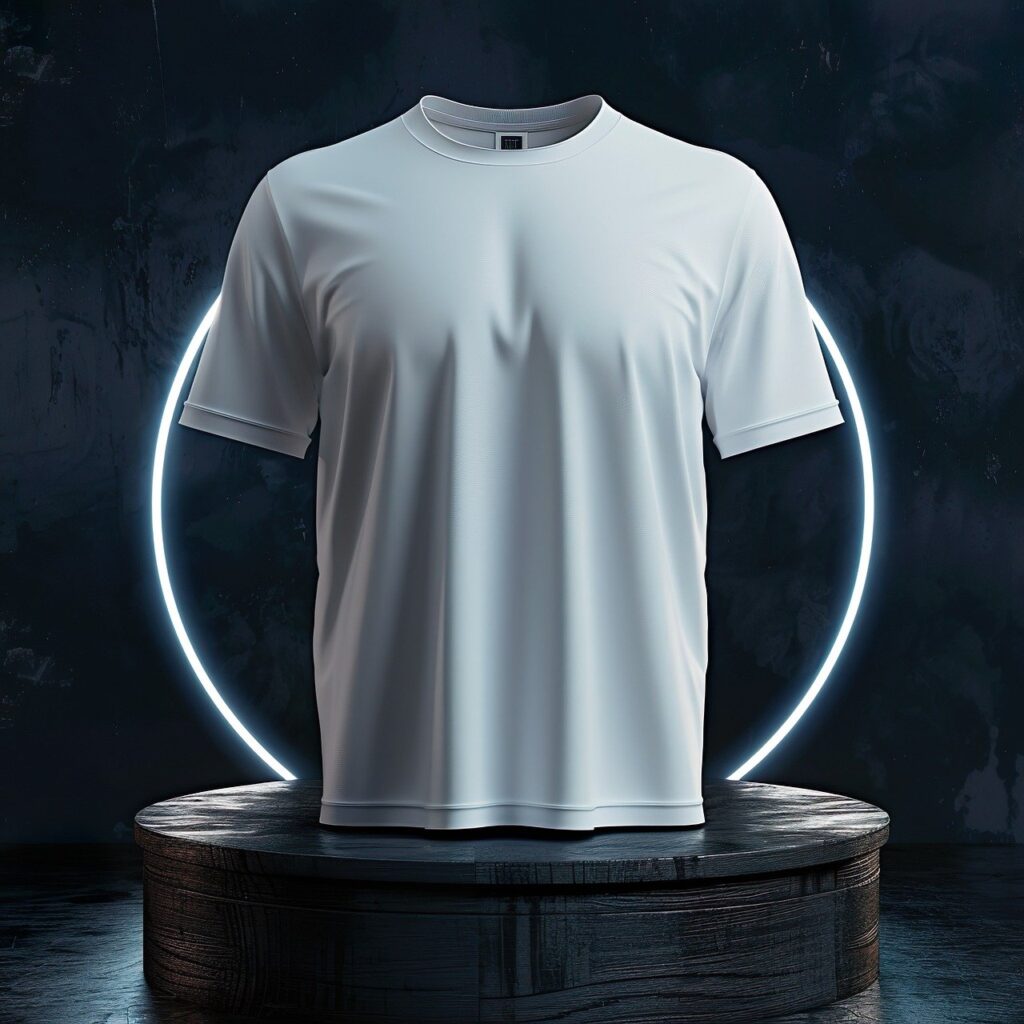
Make the Most of DTF Transfers on Polyester AND Cotton
Choosing between polyester and cotton for DTF transfers ultimately depends on your specific needs. Polyester offers unrivaled durability and color vibrancy, while cotton boasts soft, breathable comfort.
Blended fabrics like poly cotton combine the best of both worlds, offering improved softness, breathability, and comfort compared to pure polyester.
For all your DTF printing needs, turn to Limitless Transfers. Enjoy free shipping on orders over $50 and start creating vibrant, high-quality custom apparel today!
Explore our DTF transfer options at Limitless Transfers and elevate your printing game. Click here to get started.


